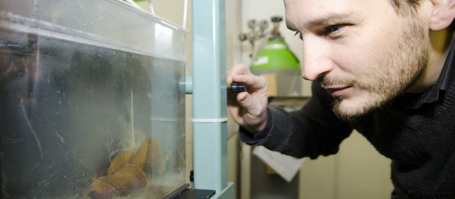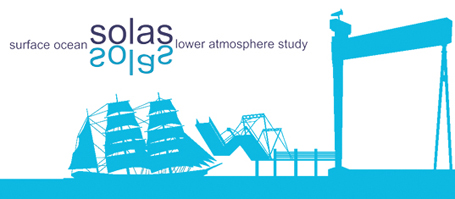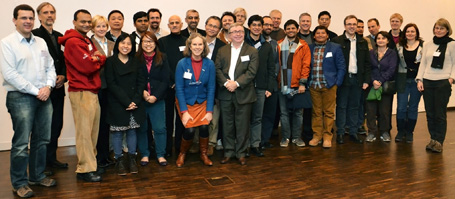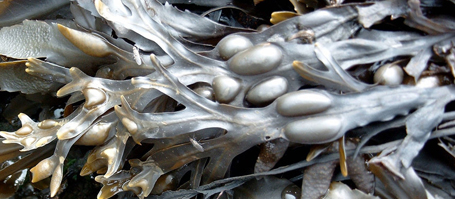Joint press release of the GEOMAR Helmholtz Centre for Ocean Research Kiel and the Kiel Cluster of Excellence "The Future Ocean"
Their natural habitat is dark and extremely uncomfortable, at least in human terms. Mussels of the genus Bathymodiolus, deep sea relatives of the Mytilus mussels, live in water depths of 500 to over 3000 meters near “cold seeps” or hydrothermal vents, also known as ”black smokers”. Here hot water up to 400° Celsius shoots from the seabed. At these locations, the water is enriched not only with minerals but also with gases such as methane and hydrogen sulfide. Highly-specialized bacteria use these substances for energy, which in turn benefits the mussels: They get their nutrients mostly by living in symbiosis with the bacteria, they take advantage of the carbon produced by the microorganisms. However, very little is known about the exact circumstances of the deep sea organisms, their reproduction and propagation. “Long-term and large-scale studies in the natural habitat of the mussels are virtually impossible due to the water depths and the high technical effort required for deepwater work,” says biologist Corinna Breusing from GEOMAR Helmholtz Centre for Ocean Research Kiel.
Now Breusing, in cooperation with the Kiel Marine Organism Culture Center (KIMOCC), a joint project of GEOMAR and the Cluster of Excellence “The Future Ocean”, has been able to cultivate deep sea mussels of the species Bathymodiolus azoricus in culture chambers at GEOMAR. “This is really special. Worldwide, aside from the Oregon Institute of Marine Biology and the University of the Azores, we are the only institution that has ever managed to maintain Bathymodiolus bivalves successfully in culture,” Breusing says. As part of the German - Canadian graduate school HOSST at GEOMAR, she is working on her doctoral thesis about how different species of the genus Bathymodiolus have emerged in the deep sea and how the genetic exchange between different populations takes place. “Without the opportunity to observe the mussels under controlled conditions, this would hardly be possible,” Breusing adds.
The mussels were collected during a voyage of the French research vessel POURQOI PAS? in the summer of 2013 by the ROV VICTOR 6000 from an 850-meter deep hydrothermal vent located near the Azores in the Atlantic. Keeping the mussels alive provided a major challenge for the scientists: In order to provide these light-shy animals and their symbionts with vital amounts of hydrogen sulfide and methane, the researchers installed a continuous “feeding” with sodium sulfide and an air/methane mixture - not an easy task. ”Since both hydrogen sulfide and methane are toxic and flammable in their respective concentrations, some safety aspects had to be considered. But to tackle those kind of challenges in the culture of marine animals in a research environment is our goal,” explains Dr. Claas Hiebenthal, the head of KIMOCC.
Unlike many other animals of comparable deep sea habitats, Bathymodiolus azoricus also have their own digestive system in addition to the symbiosis with the bacteria. Therefore, they will also receive single-cell marine algae as food. ”The mussels are active, visibly filter the water and climb around the aquariums - so it seems that they are doing well,” Dr. Hiebenthal continues. Fortunately, another environmental factor of the deep sea did not have to be simulated by the scientists: Bathymodiolus mussels are surprisingly adaptable to atmospheric pressure, so no use of pressure chambers was necessary.
A first major success story was already realized by the GEOMAR scientists: Recently, some individual mussels had spawned through the use of hormone injections. "Nobody else had been able to do this with this species," Breusing reports. Her project task is now to raise the larvae of these animals in order to determine their swimming behavior and temperature tolerances. “These data are important to understand and more accurately predict the movements of drifting larvae using computer models of the ocean current flows.”
Until then, there is a lot of work to be done. “The reproduction of Bathymodiolus azoricus in the laboratory and studies on their larvae are completely uncharted territory,” says Prof. Dr. Thorsten Reusch, head of the Department of Marine Ecology at GEOMAR, who is also supervising the doctoral thesis of Corinna Breusing. ”We are excited to see how it goes.”
Contact:
Corinna Breusing (GEOMAR, FB3 – Evolutionary Ecology of Marine Fish)
cbreusing@geomar.de
Jan Steffen (GEOMAR, Communication & Media), Tel.: 0431 600-2811
jsteffen@geomar.de
…



